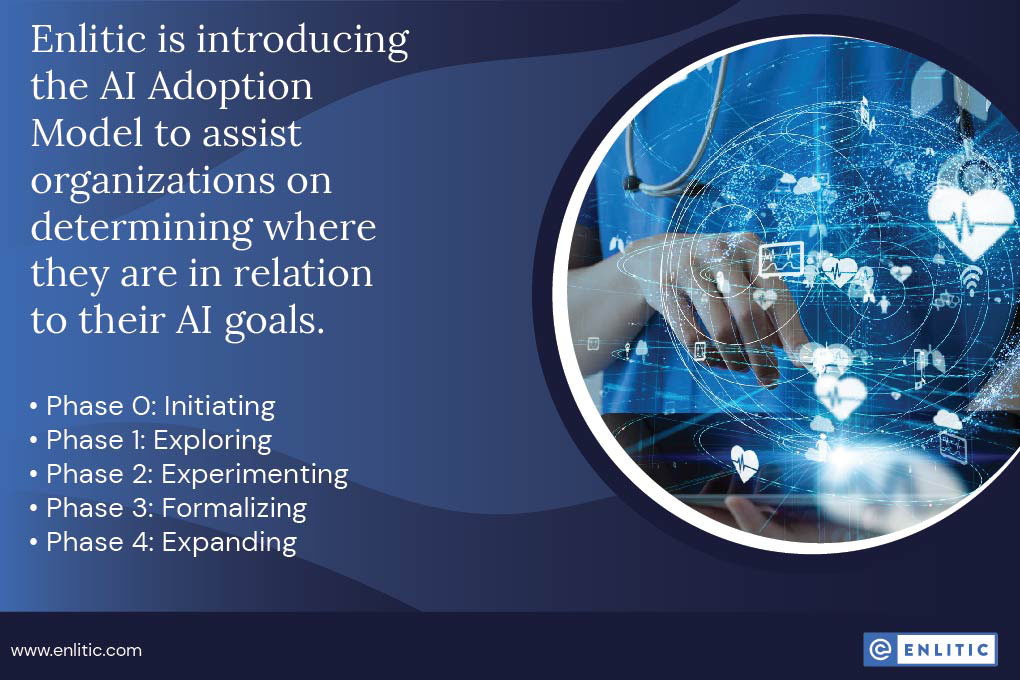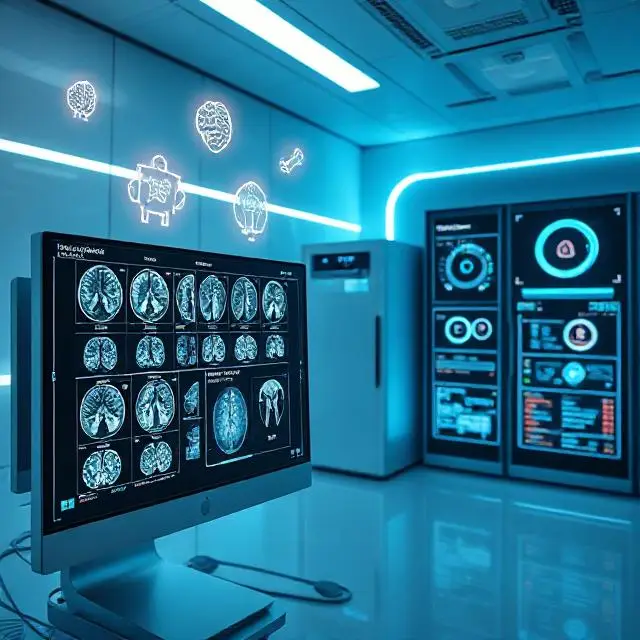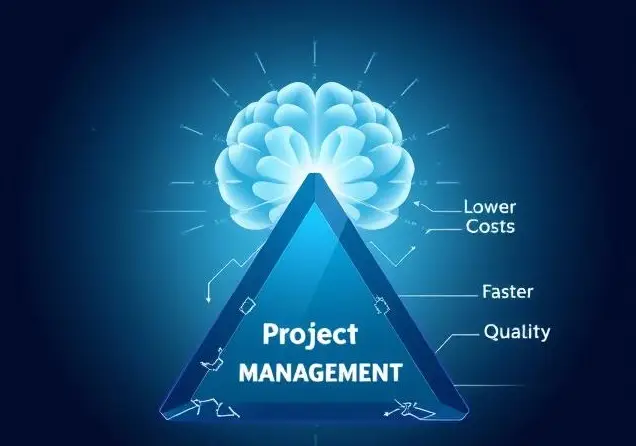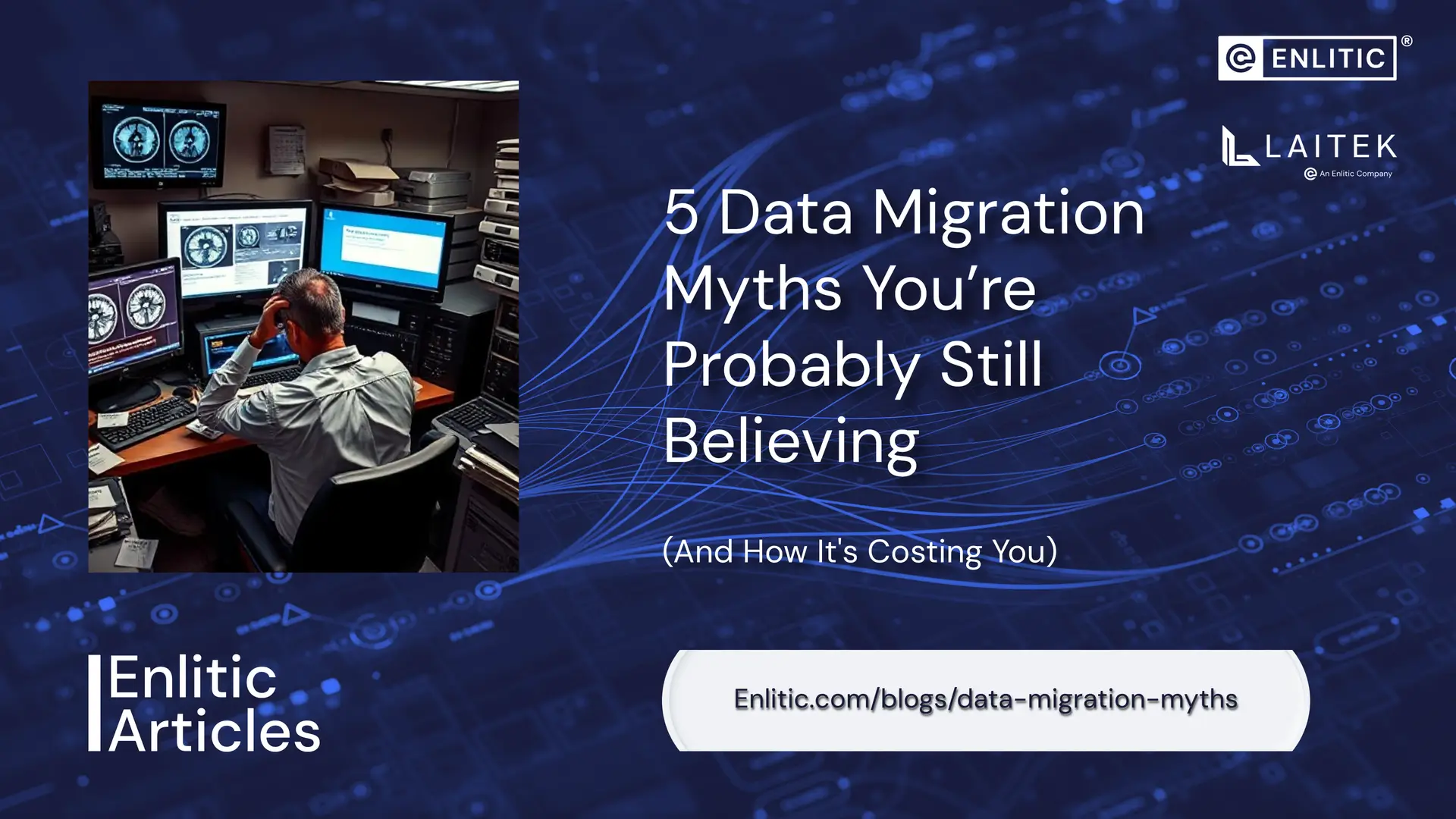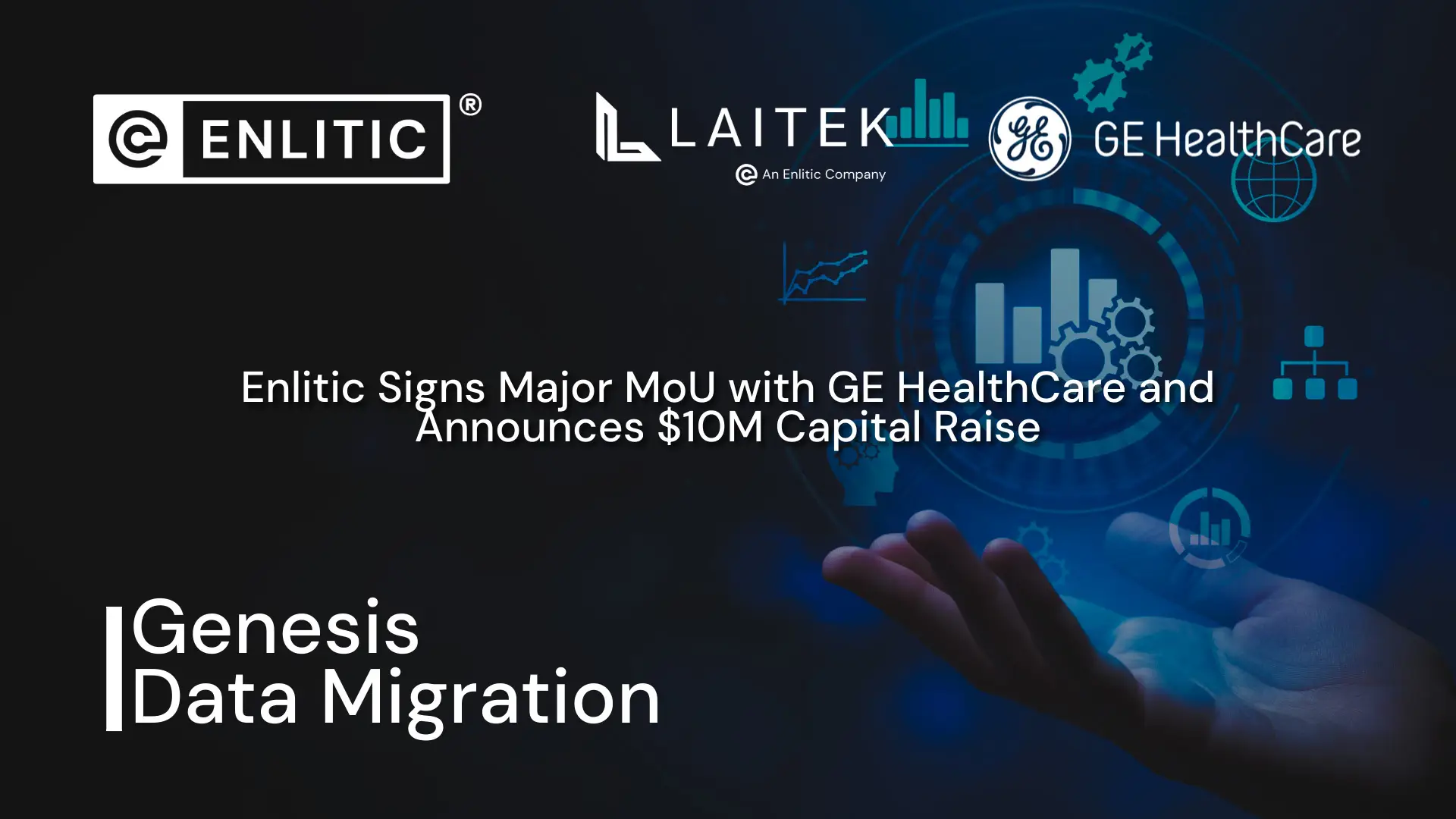Artificial intelligence is like any other technology that healthcare has adopted since the beginning of the digital transformation age. There are innovators, early adopters, early and late majority, and laggards. Healthcare tends to be one of the slower industries to adopt technology and also has some of the highest risks. Unless providers are confident the technology will work, they don’t want to invest in new technology.
There are many reasons why technology implementations fail, an unverified statistic suggesting 80% of technology projects in healthcare fail. And while there are many reasons for these failures, there is one constant reason for success: adequate planning. Planning comes in many flavors, from people and processes to technology to change management. What does resonate with many facilities, however, is readiness.
Trying to implement technology before the facility is ready results in abandoned projects, cost over runs or never-ending projects that increase in scope only to be poorly adopted. For this reason, HIMSS has developed several maturity models that allow facilities to assess their current state and measure progress, beginning with the Electronic Medical Record Adoption Model (EMRAM).
Artificial intelligence is an area that needs to consider just this sort of adoption model for facilities to be successful. Too many facilities engage with trying to adopt an AI application only to find out the difficulties that lie before them are in areas they weren’t prepared to address. Or worse, they spend an inordinate amount of time solving the basic issues that should have, or could have, been addressed before. Artificial intelligence is still in the early stages so there is hope that the early introduction of an AI adoption model can help redirect facilities towards success.
Looking at such an Artificial Intelligence Adoption Model (AIAM), Enlitic is proposing a 5-phase model to assist organizations on determining where they are in relation to their AI goals. At each phase organizations will have a variety of factors to consider and evaluate for progression to the next stage.

Consideration for the following areas will help determine a facility’s readiness: technology, data, people and competencies, organization and processes, strategy and management, budget, products and services, and ethics and regulations. While each stage represents moving in the right direction with AI, the individual aspects can assist in creating the game plan to reach Phase 4.
![]()
Technology represents the various IT tools and workflows used. The existence of a PACS, Vendor Neutral Archive and their levels of integration, accessibility and sharing capabilities contribute to the advancement through the phases of the AIAM.
Data stages level up as data becomes more easily used. At the lowest stage data is siloed, not normalized and is not very useful for AI applications. As data becomes more centralized and available, the organization moves up in this category. Maturity comes when data is being used in a real-world evidence database.
The People and Competences factor looks at the human resources dedicated to AI. Hospitals progress towards full maturity as they build internal competencies and rely less on third party organizations. The goal is to build a dedicated AI department that services the enterprise.
Organization & Processes impact a facility’s ability to build out and deploy an AI framework. AI rolls out slowly, with limited automation, departmentally. Progress towards a central team with enterprise processes and bulk automation contributes to developing an AI culture.
Strategy & Management is the next factor of readiness within the AI Adoption Model. Many facilities claim to have an AI strategy or beginning of an AI strategy however full maturity is when there is an AI strategy that defines how it should be used in delivering care and actively used to optimize and automate processes and create new business opportunities.
Budget is probably the easiest to determine and measure, but the hardest to enable. Starting with nothing, becoming piecemeal as separate parts of departmental budgets, and evolving to where AI is profitable and self-funding.
Products & Services begins when there is a first use case. The need for AI solutions has been identified and typically the first POC is out. The goal is to have AI influencing all activities and scaled throughout the organization. It creates value and competitive advantage for the provider.
Finally, Ethics & Regulatory factors heavily influence an organizations readiness to progress through the maturity model. As staff are exposed to AI projects the implications of regulatory factors begin to play a role. Eventually the ethical uses of AI become part of the considerations progressing towards ethics and regulations of AI embedded in hospital practice including certification processes.
Deploying a point solution in a departmental manner is the starting point of any AI strategy, but with careful consideration given to this adoption model, facilities can be better prepared to overcome the challenges they will inevitably face leading to success. Follow us for a detailed review as we dig into each phase and the corresponding factors.

